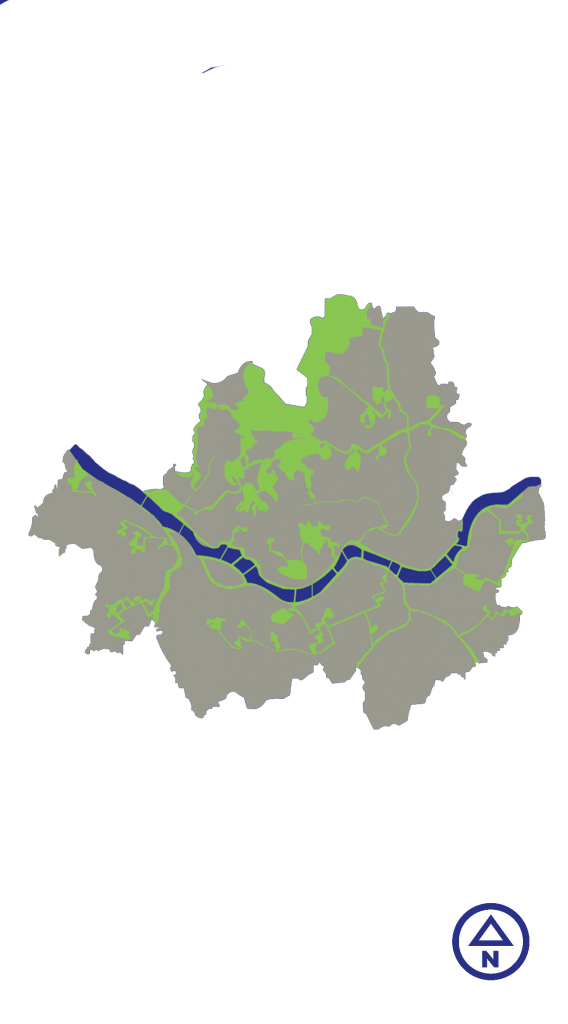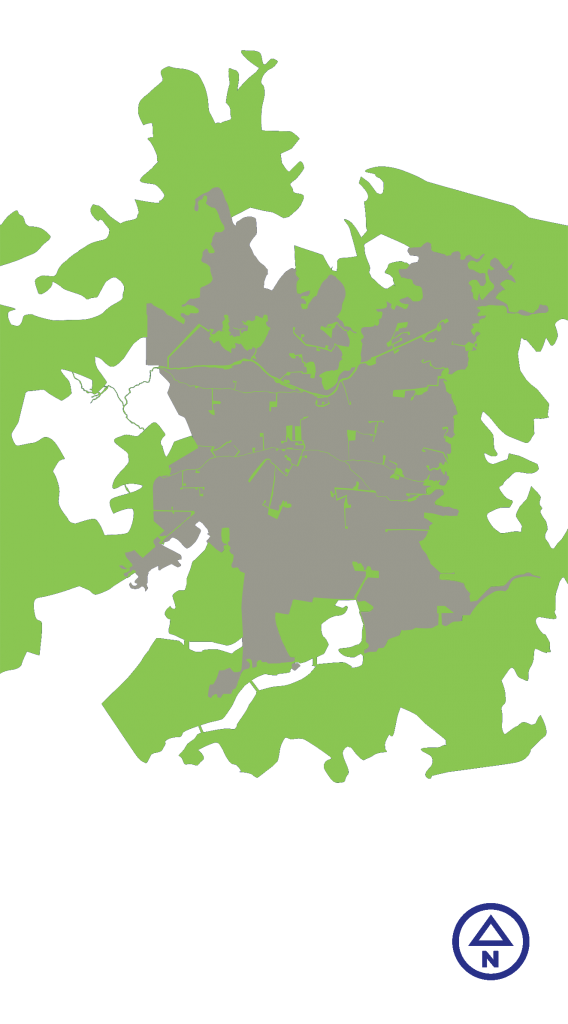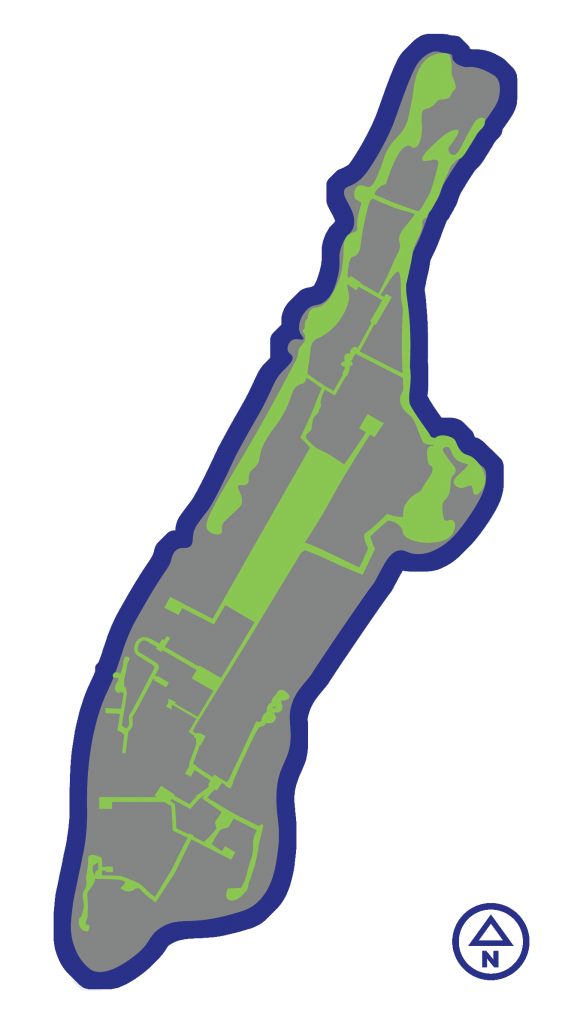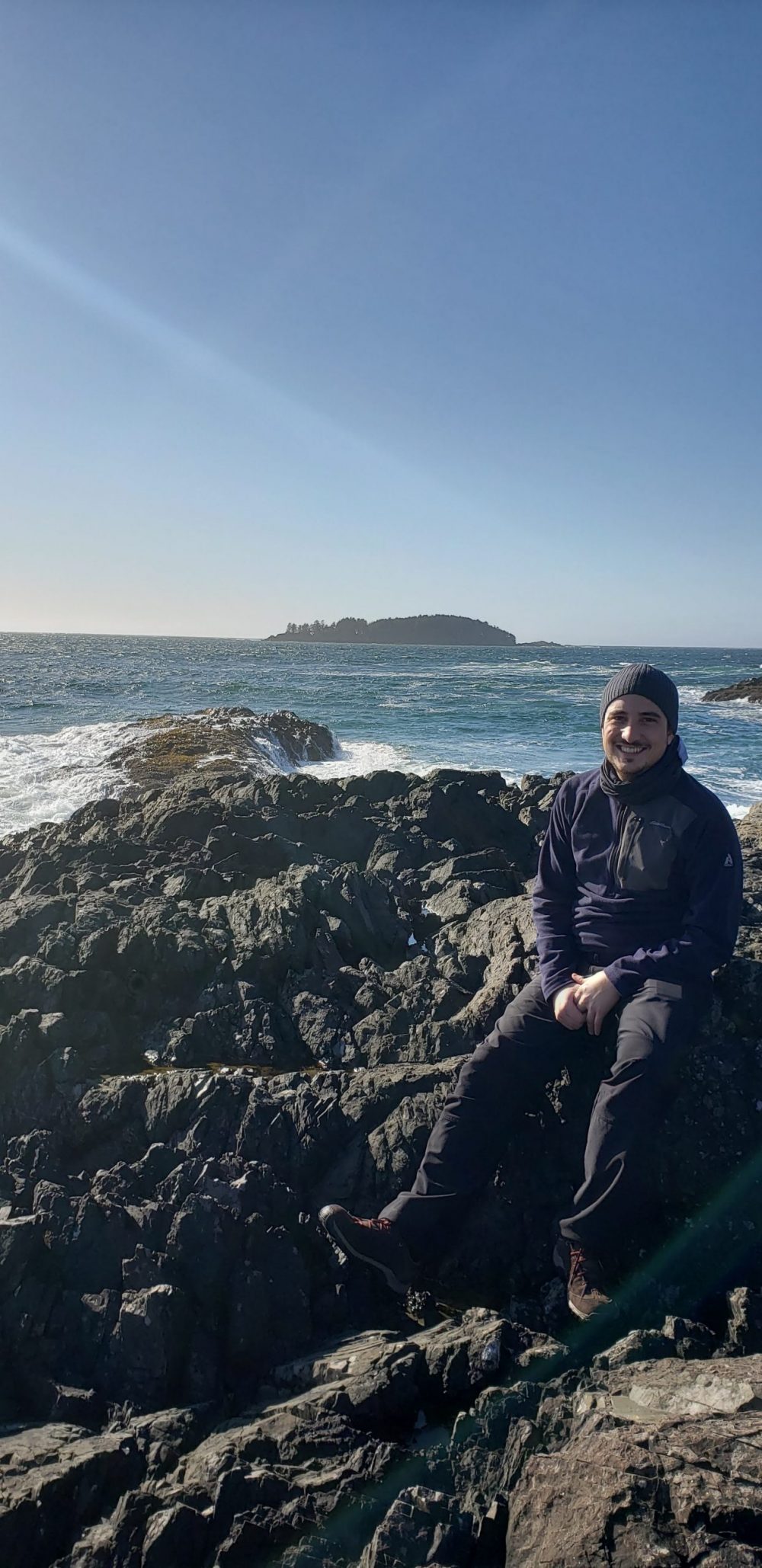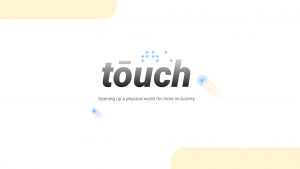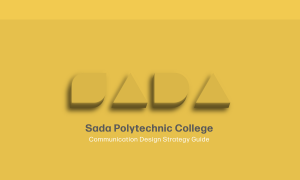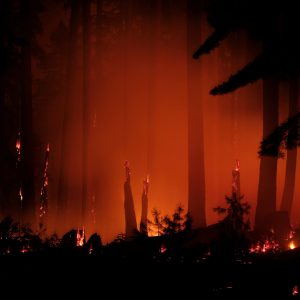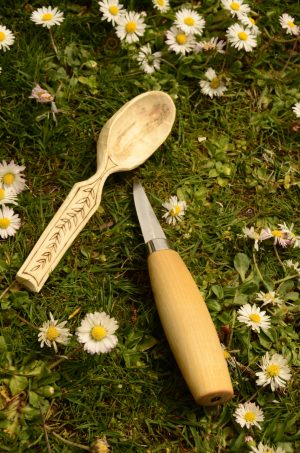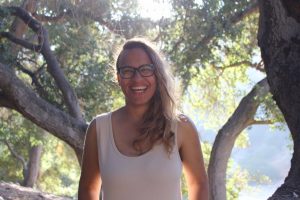Public Space and Pandemics
Alonso Molina Adame
The Changing Relationship Between The People and Their Cities
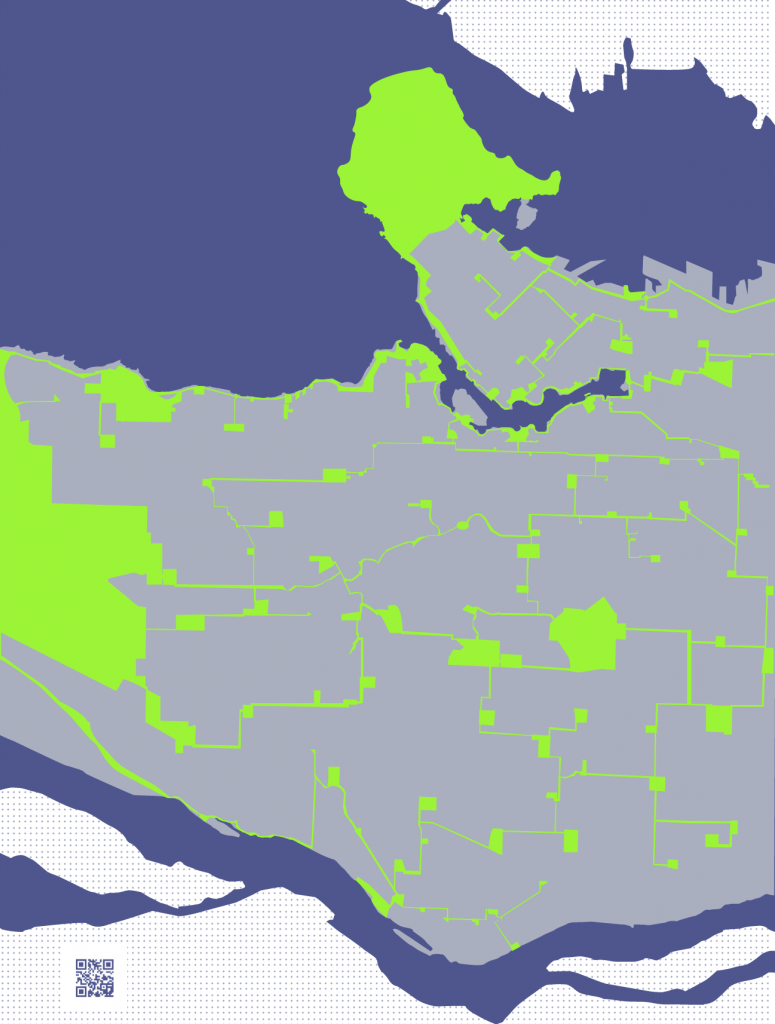
Imagine Better Public Spaces
The city is not what we were used to; our relationship has changed. Everyone is longing to explore and enjoy the outdoor urban life again. Yet, some may not feel comfortable with crowds, or maybe not even have easy access to public space, like a park. The pandemic has shown us weaknesses in the current design discourse regarding public space. There is a need for new urban outdoor lifestyles.
Imagine a city that offers a network of interconnected green spaces allowing safe micro-transportation. That elevates social connections along with connections with other forms of life. The desired space where the mind can disconnect, the body can exercise, and it is possible to encounter casual conversation, even with social distancing. Question the city you live in. Reconsider what a city that maintains universal well-being could be.
Abstract
The experience of the COVID-19 pandemic brought about fundamental changes in the relationship between people and their cities. The pandemic also unveiled design elements in public spaces that were previously not visible. This study draws on these elements to investigate some of the implications that the design in public spaces will have in relation to the well-being of the community.
The study analyses three regions shown in both historical and contemporary contexts, resulting in some of the design principles at stake. Epidemics bring specific factors into view regarding disease transmission. In the case of respiratory diseases such as COVID-19, physical space is a critical element in the way of transmission; in this context, urban design takes on a medical dimension. Taking this into account, the analysis of these case studies addresses several important points, including behaviour within the public space, density management, and current design strategies for the future of these cities.
The research identifies the need for new urban outdoor lifestyles. The principles derived from the analysis of the case studies suggest that a network of parks, small squares, and greenspaces could provide a more active and balanced lifestyle for many people than most of the current urban designs allow. Using speculative design strategies, the research develops three cartographic propositions regarding a new network of interconnected greenspaces in three example cities. These maps are intended to provoke imagination and encourage the reconsideration of the city that maintains a universal well-being.
